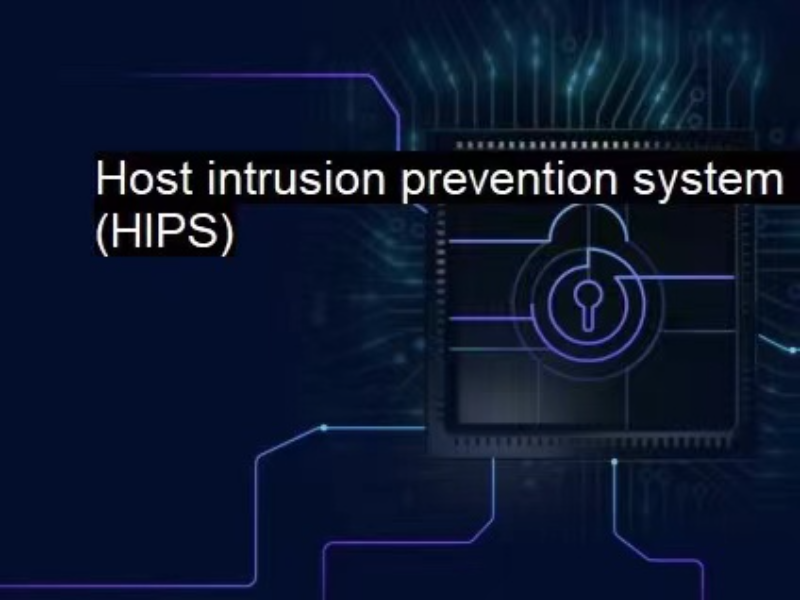- Host Intrusion Prevention System (HIPS) is a security software that monitors and analyses the behavior of applications on a host system to detect and prevent malicious activities in real-time.
- By focusing on behavior rather than known malware signatures, it offers proactive protection against both known and unknown threats.
HIPS is a critical security tool designed to protect individual computers by monitoring and analysing system behaviors to prevent unauthorised actions and potential threats. It complements traditional antivirus solutions by providing a proactive defense against evolving cyber threats, ensuring that systems remain secure even against previously unknown attacks.
Definition of HIPS
HIPS is a security software solution that is installed on a single computer (or host) to monitor and protect that system from suspicious or malicious activity. Unlike traditional antivirus software that relies on known malware signatures, HIPS focuses on analysing the behavior of programs and processes running on the host to detect and prevent attacks in real-time.
HIPS works by intercepting and analysing various events that occur within the system, such as attempts to modify critical files or registry keys, install new drivers, terminate essential processes, or gain control over other programs. When potentially harmful behavior is detected, HIPS can block the action and alert the user, allowing them to decide whether to allow or deny the change. By monitoring the behavior of code rather than just its appearance or signature, HIPS provides a more proactive and adaptive defense against both known and unknown threats, making it a valuable tool in modern cybersecurity.
Also read: SoftBank abandons AI chips partnership plan with Intel
Also read: Samsung’s 8-layer HBM3E chips pass Nvidia’s testing for adoption
How does HIPS work
HIPS works by continuously monitoring the activities and behavior of applications, processes, and system functions on a host to detect and prevent potentially malicious actions. Here is how it operates:
1. Behavioral monitoring: HIPS utilises the behavior of code and applications in real-time. Instead of relying on known malware signatures, it observes how programs interact with the system. This includes monitoring system calls, file modifications, registry changes, network activity, and process behaviors.
2. Rule-based analysis: HIPS operates using a set of predefined rules or policies that dictate what constitutes normal or acceptable behavior on the host. For example, it may have rules that block unauthorised attempts to modify critical system files or prevent certain programs from launching without permission.
3. Event interception: When an application or process attempts to perform an action that falls outside the defined rules, HIPS intercepts the event. It evaluates whether the action is potentially harmful.
4. Alert and response: If the behavior is deemed suspicious or malicious, HIPS can take several actions: Block the action, alert the user and log the event.
5. User decision: In many cases, HIPS will present a pop-up alert to the user, describing the action that was attempted and asking whether to allow or block it. This decision can be made based on the user’s knowledge or on recommendations provided by the HIPS software.
6. Adaptive learning: Some advanced HIPS solutions include learning modes where they adapt over time, recognising what actions are typical for specific applications and refining their rules to reduce false positives.
7. Runtime and pre-execution detection: HIPS typically works by monitoring actions as they happen. It intercepts activities during their execution to prevent harmful effects. Some HIPS solutions also analyse the nature of an executable file before it runs, checking for suspicious behavior patterns before allowing the program to start.
8. Integration with other security tools: HIPS often works alongside other security tools like antivirus software and firewalls, adding an extra layer of defense. It provides protection against threats that might bypass signature-based detection methods.
By focusing on behavior rather than just known malware patterns, HIPS can detect and prevent attacks from both known and unknown threats, making it a vital component in modern cybersecurity strategies.

